#日本語
Text
First Post
Hello! I have been studying Japanese for 15 years. I want to use this blog to share resources, tactics and progress as I continue my learning!
If anybody wants to connect, or chat in Japanese, that would be awesome!
35 notes
·
View notes
Text
ここぞ
at the critical moment, when it counts
usually written using kana alone; often used as ここぞというとき or ここぞとばかり
あいつは駄目だ, ここぞという時に一発が出ないんだから。
あいつ は だめ だ、ここぞ と いう とき に いっぱつ が でないん だから。
That guy is no good, because he won't make a move when it matters most.

#日本語#japanese#japanese language#japanese langblr#langblr#studyblr#単語#語彙#japanese vocabulary#tokidokitokyo#tdtstudy
29 notes
·
View notes
Text
@furusawayusuke_ 👏 👏 We are immensely proud of your voice. Speak the truth even if you are alone 🍉
Videos: @furusawayusuke_
Song: @zachmatari
#日本#日本人#日本語#パレスチナ#ありがとうございました#ありがとうございます#ガザ地区#ガザ#palestine#gaza#free palestine#israel#jerusalem#i stand with palestine#فلسطين#free gaza#israel is a terrorist state#arabic
30K notes
·
View notes
Text
Fake-tanuki soup or Fake tanuki-soup?
連濁(れんだく; en: rendaku)is a phonological rule in japanese that makes the first voiceless consonant of a word change into a voiced consonant when used in a compound word. For example, おり + かみ → おりがみ (ori + kami → origami) ("fold" + "paper" → "paperfolding") - the /k/ sound in かみ becomes a /g/ sound (which is the voiced version of a /k/ sound) by adding a voicing mark -> が.
What’s interesting about 連濁 is that native speakers can use it subconsciously as a sort of “order of operations” system for unfamiliar words, like PEMDAS or BIDMAS in maths. A classic example of this is the にせたぬきじる problem[1]. Native speakers can immediately and with confidence tell the difference in meaning between two compound words they have never heard before, despite the only difference being the voicing of a single consonant. Take the three words 偽 (にせ, meaning “fake” or “imitation”), たぬき (tanuki, the Japanese racoon dog), and 汁 (しる, meaning “soup” or “broth”). They can be combined into the following compound words: にせたぬきじる and にせだぬきじる (note the voicing mark, or dakuten, on the latter). Keep in mind, these two words do not exist in ordinary japanese - they’ve been created as part of a linguistics experiment.
You might think the meaning would be ambiguous in those compound words: is it (imitation tanuki)+soup or imitation+(tanuki soup)? Let’s imagine we’re referring to the former. First, we combine にせ+たぬき. There’s a rule that rendaku can’t occur if there’s already a voicing mark in the second component of the compound, but we’re safe here - たぬき has no voicing mark. Therefore, it becomes にせだぬき. Then, we combine にせだぬき+しる. Again, しる has no voicing mark in it, so we’re safe to add it in, and we get にせだぬきじる.
Conversely, let’s say we were referring to fake “tanuki-soup”. First we combine たぬき+しる. This combines safely to たぬきじる. Then we combine にせ+たぬきじる. But wait, the second component does already have a voicing mark, on じ! So we can’t add one to た. Therefore we end up with にせたぬきじる.
That’s a lot of thinking and linguistic hoops to jump through to make up 2 words, but here’s the thing: Japanese native speakers who have never heard these words before can instinctively deduce the difference in meaning with startling accuracy. They correctly determine the meaning of にせだぬきじる as “a broth made from imitation tanuki” and にせたぬきじる as “a fake version of a dish called ‘tanuki soup’”. Even more surprising is the research findings of Shigeto Kawahara, which show that children as young as 9 years old can consistently deduce the difference as well[2]. I think this shows how incredibly powerful the subconscious mind is at learning linguistic rules, and how bad the conscious mind is at learning them!
#langblr#japanese#japanese language#language acquisition#language learning#language#linguistics#learning japanese#日本語#jimmy blogthong
676 notes
·
View notes
Text
Japanese Reading Resources for Absolute Beginners
A question I encounter often is "How much Japanese should I study before I can begin reading in Japanese?"
From my experience as a learner and reader myself and from managing a Japanese book club for other learners I can honestly say that you can start way earlier than you probably think!
There are many resources that only require knowing hiragana. Those texts usually teach vocabulary through pictures and only use basic grammar.
Some are even simpler than that: The Japan Foundation's Hiragana Books are great for those, who are still remembering hiragana characters. Every short book introduces only 1-2 new characters, so it's a great reading exercise for those who've just started.

The free graded reader 「どうぞ、どうも」 by the NPO Tagengo Tadoku only uses the words 「どうぞ」 and 「どうも」 to write an entire story. Again, this makes for a great exercise in reading hiragana and understanding context. Another "level 0" recommendation by the same NPO would definitely be 「しろい?くろい?」. This book uses the full range of hiragana characters but the grammar is simple and all used vocabulary is illustrated.
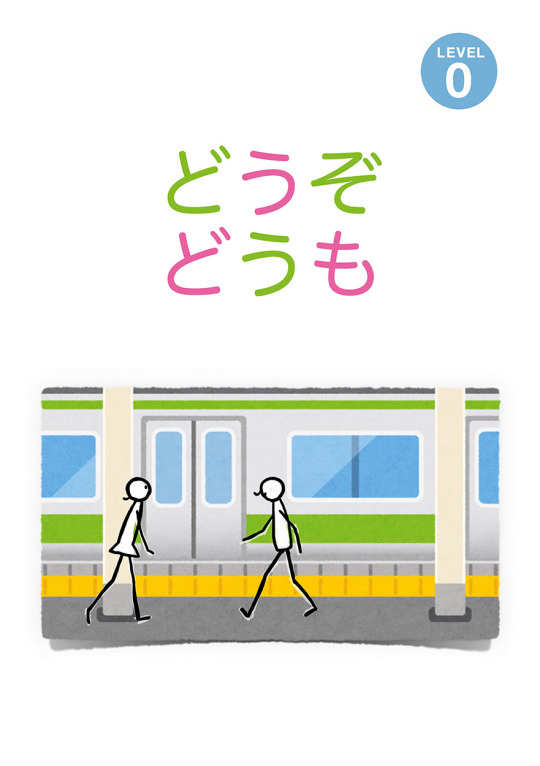
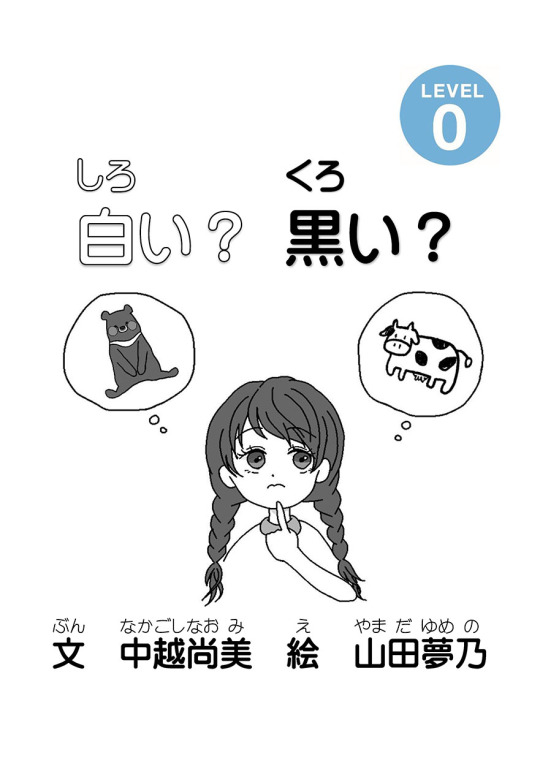
Another site with great resources for absolute beginners is Nihongo Tadoku Dōjō. If you have memorized both hiragana and katakana and know how the particles を and で work you will be able to read this text about stationary (ぶんぼうぐ) and understand everything by looking at the pictures!

The resources linked so far can all be accessed completely free on the linked websites. If you have the money to spare, please also have a look at the box 「スタート」 from the series reberubetsu nihongo tadoku raiburarī published by the NPO Tagengo Tadoku and ASK (affiliate link). This box includes 8 little books in very simple Japanese.
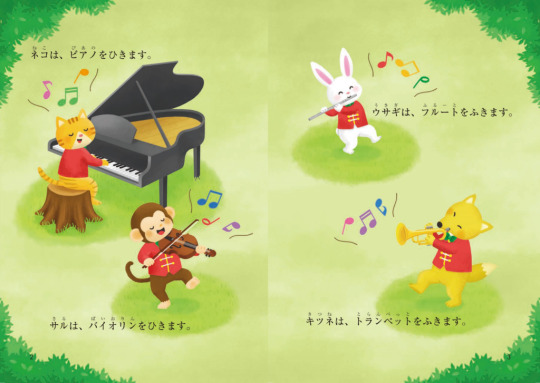
All these texts for absolute beginners will get you started reading in Japanese with very little knowledge of characters and vocabulary.
Reading in Japanese is a skill that requires practice. But once you get used to it, it can be such a valuable tool to reinforce new vocabulary and grammar. So please don't wait until you're "ready" before you start reading - start early at your own level!
#my book reviews#reading in japanese#study japanese#learning japanese#日本語#japanese books#やさしい日本語#free graded readers#free tadoku graded readers#nihongo tadoku dōjō#absolute beginner level#japanese langblr#japanese language#japanese reading comprehension#japanese free reading resources#japanese reading resources
637 notes
·
View notes
Text
いろどり · irodori - Japanese for life in Japan
(。•̀ᴗ-)✧ resources

IRODORI is a useful website made by The Japan Foundation. It is a series of 3 textbooks, with audios and materials completely free, focusing on developing skills useful for life in Japan.
Whether you are planning to come to Japan in the future and want to learn what you should be able to do before you arrive, or whether you are already living in Japan and wish to check your Japanese ability and increase the number of things you can do, we sincerely hope that this textbook will help you achieve your goals. - "what is irodori" website page.
The textbooks are super organized, divided in: starter (A1), elementary 1 and elementary 2. Finishing elementary 2 means having an A2 level [At A2 level, you can hold short, basic everyday conversations on familiar topics.]
I recommend styling your learning method with the goal you have in mind. You can understand more about it reading the post I made.
Hope it was helpful! Let me know and let's share resources~
またね~@inkichan
꒰ა ˚₊ ✧・┈・╴﹕꒰ ᐢ。- ༝ -。ᐢ ꒱﹕╴・┈・𐑺 ‧₊˚໒꒱
#japanese#nihongo#studyblr#japanese langblr#langblog#japanese studyblr#日本語#resources#japanese resources#free resources#japanese free resources#textbook#free#free textbooks#pdf#japanese pdf#learn japanese#learning japanese
563 notes
·
View notes
Text
改まった形|Polite Forms
In formal settings like in a business meeting or at a public gathering some words are switched with politer forms. You often hear them when somebody is giving a speech, holding a presentation or on TV. But they appear in written form as well, especially in business context. Basically, everywhere where keigo is used, it is also expected to apply politer forms.

#文法#敬語#japanese langblr#langblr#studyblr#study movitation#learning japanese#japanese vocabulary#japan#japanese#study blog#study notes#language blog#keigo#japanese studyblr#japanese grammar#japanese language#日本語#日本語の勉強#nihongo
149 notes
·
View notes
Text

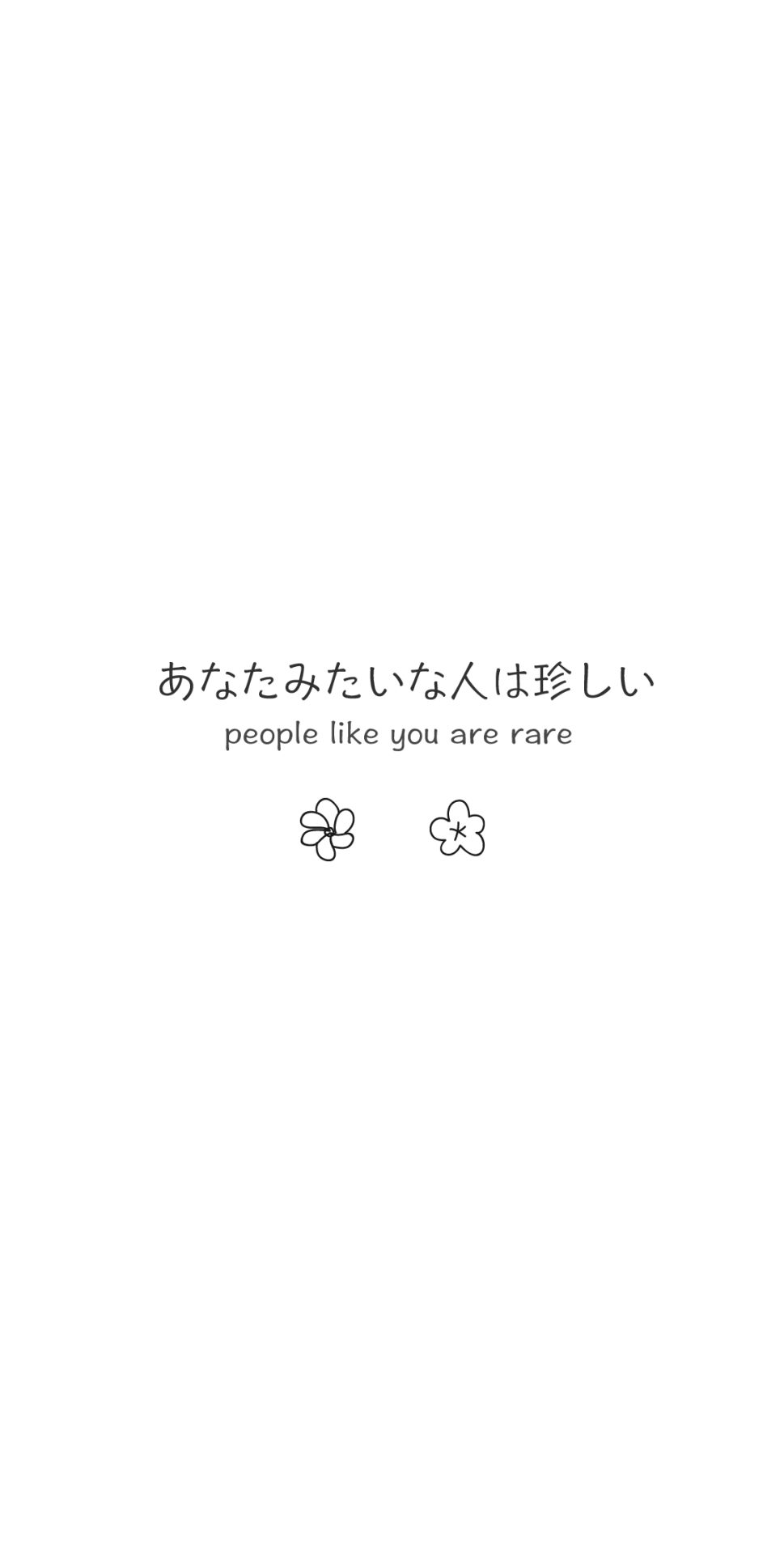
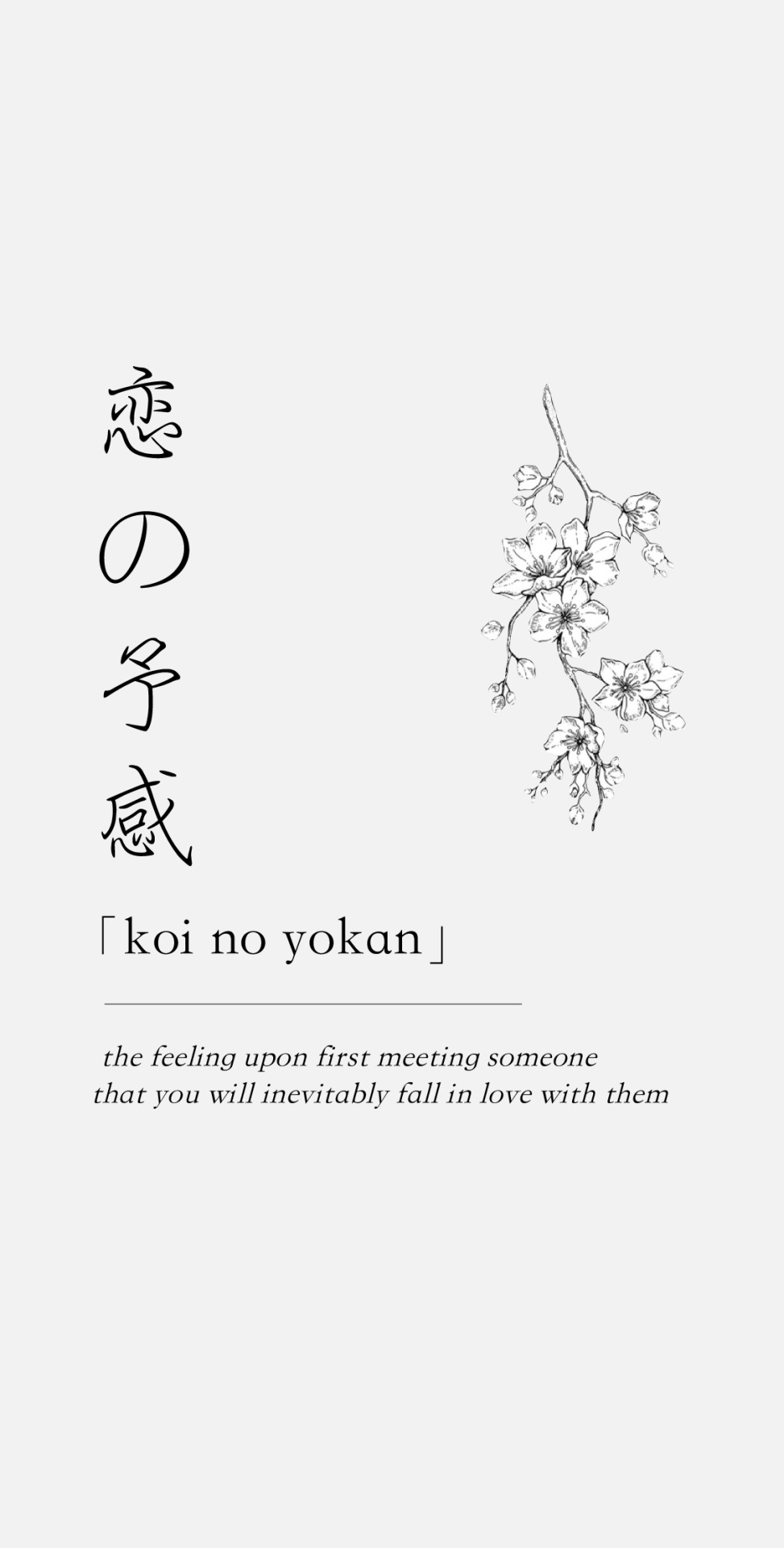
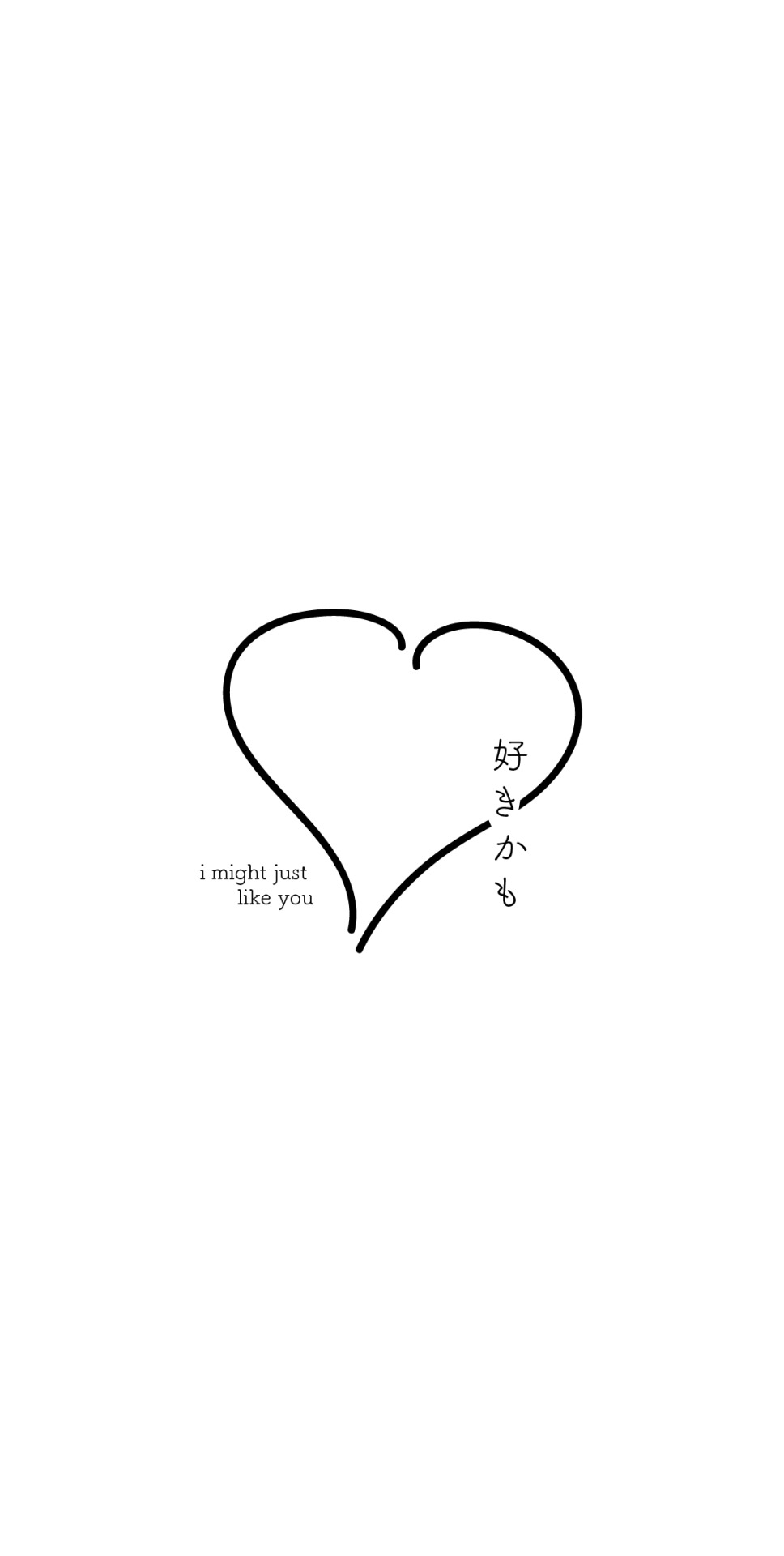
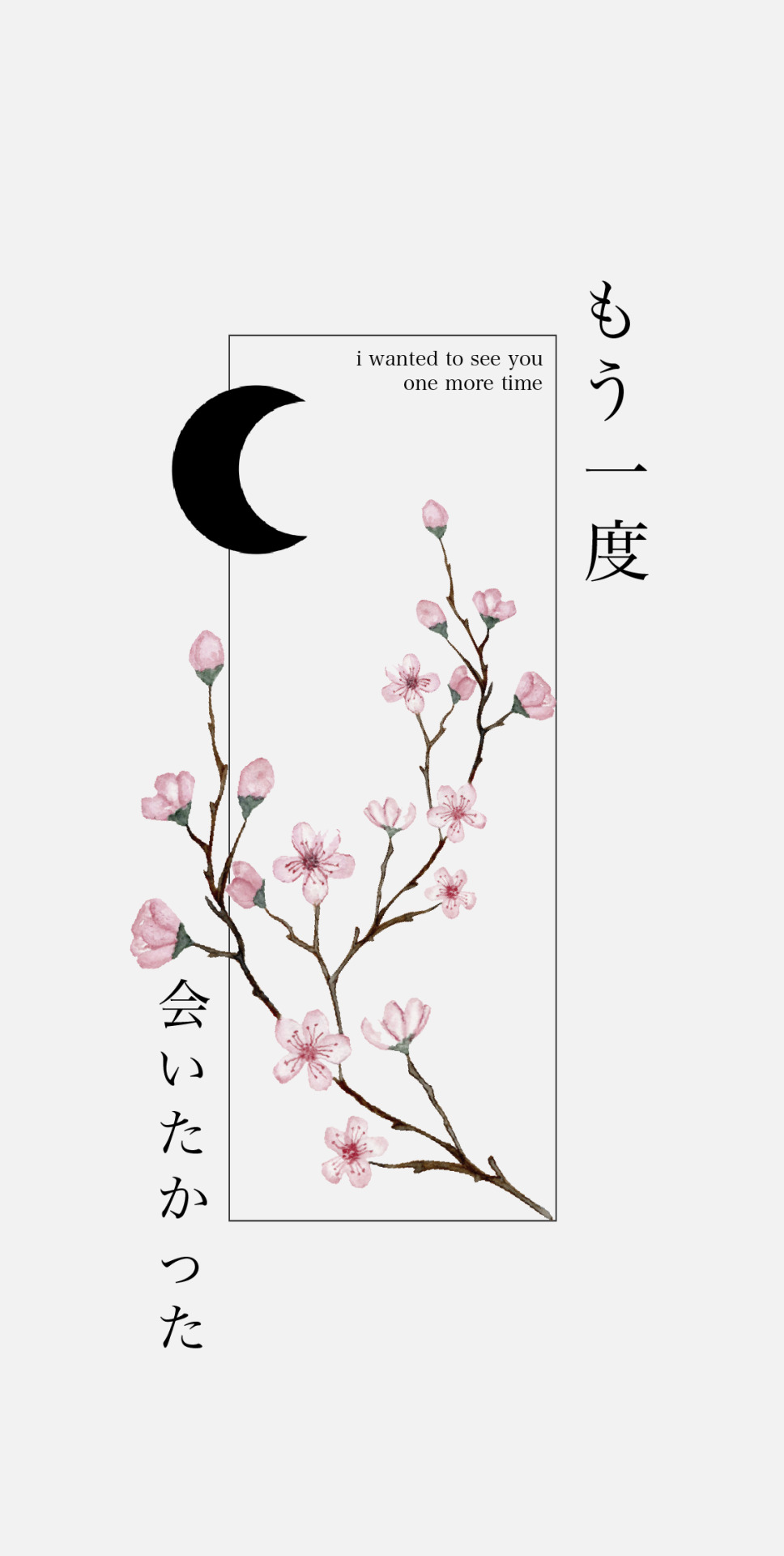
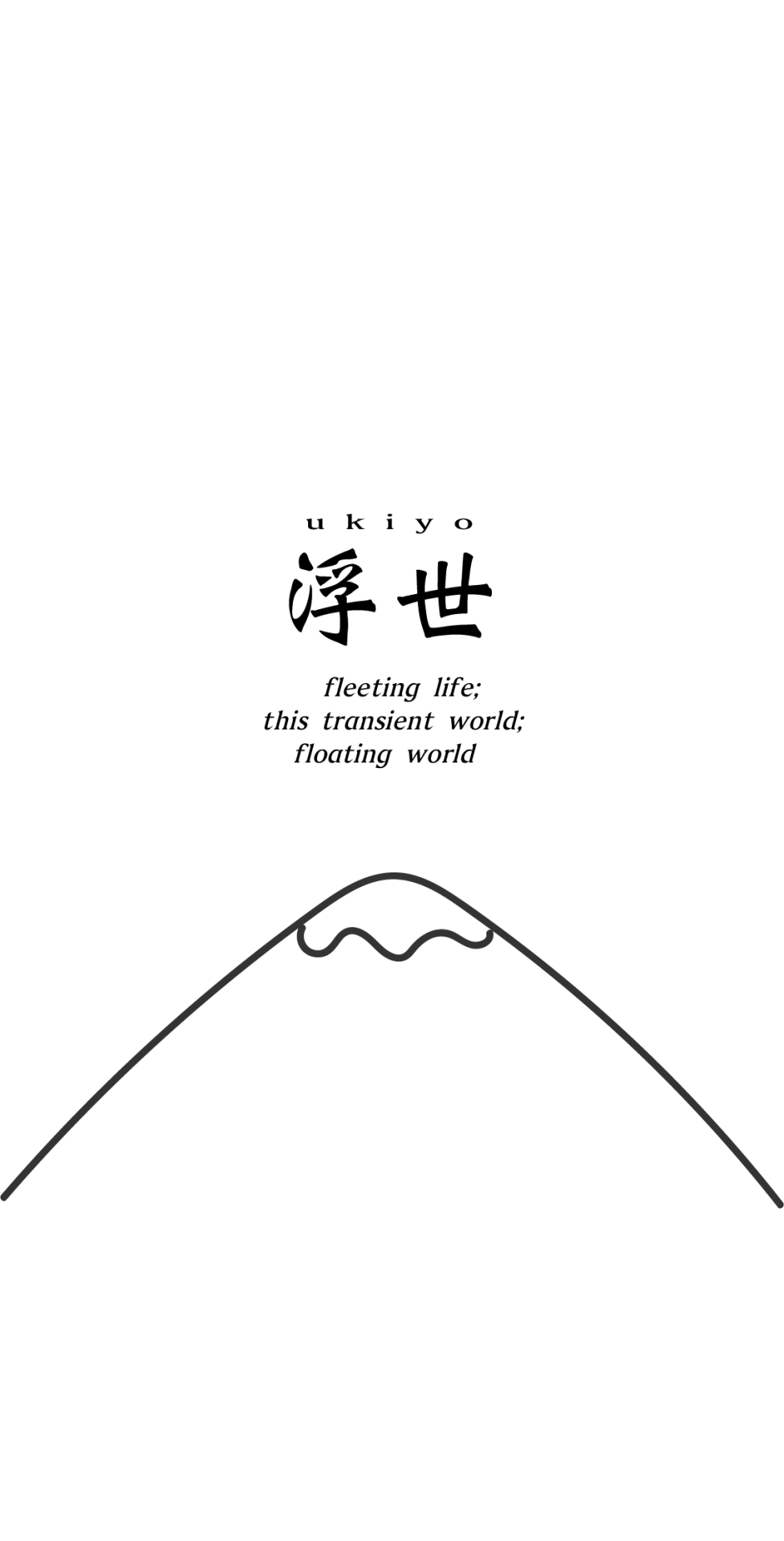
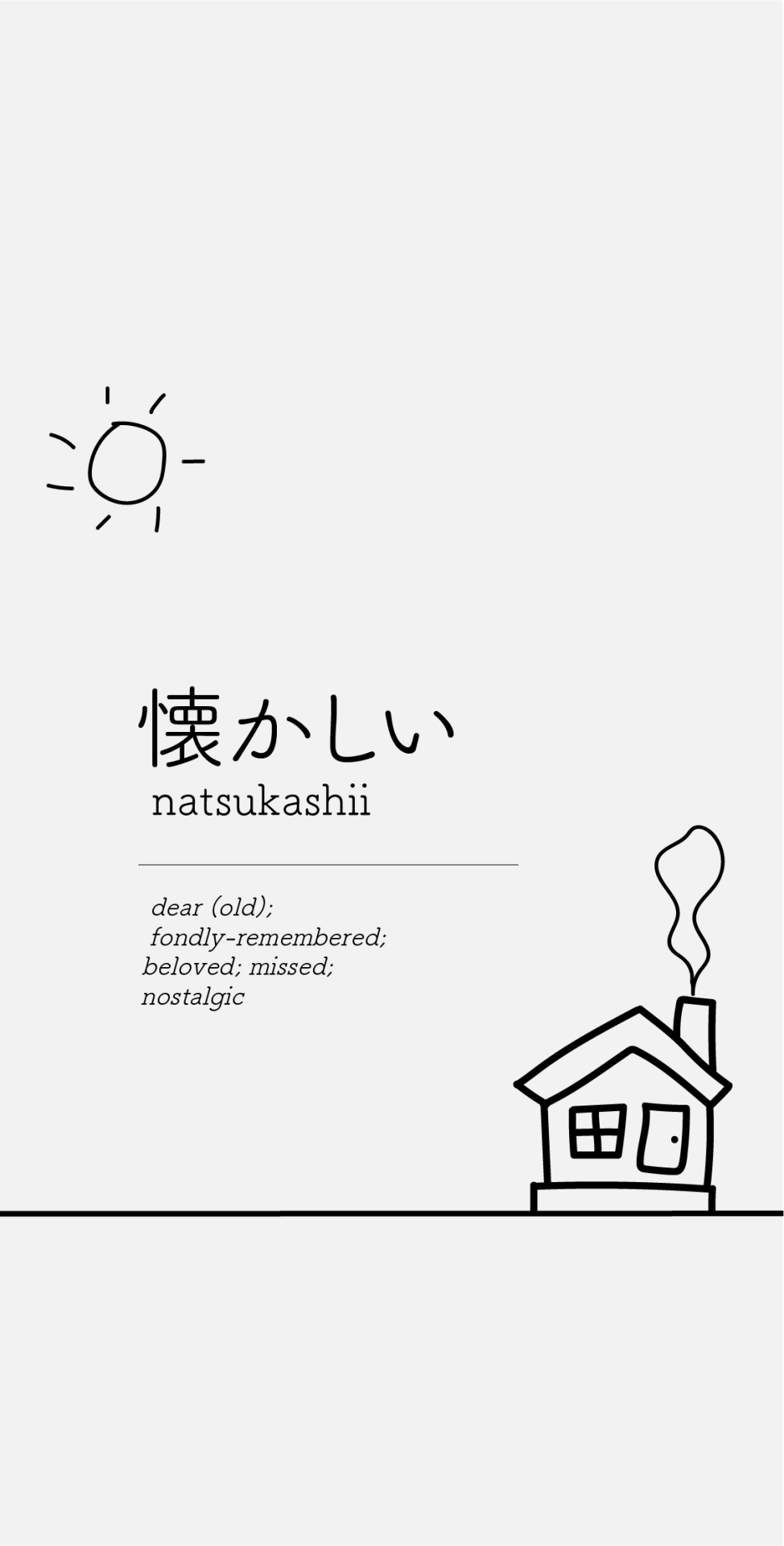


i rlly liked how these turned out! if anyone else requests a quote theme i might just do it :D
✺
✺
disclaimer - these are mine! made them myself this time haha
#tumblr#tumblr lockscreen#tumblr wallpaper#tumblr background#aesthetic#japan#japanese quotes#japanese words#にほんご#日本語#日本#japanese aesthetic#aesthetic lockscreen#aesthethic wallpaper#aesthetic screensaver#lockscreen#screensaver#wallpaper
263 notes
·
View notes
Text
please reblog for a larger sample size、あれがとう!!
#japanese#learning japanese#japanese vocabulary#hiragana#japan#日本語#日本#lemme be happy with my kanji practice hwbeb#okay pls voteeee#naruto
229 notes
·
View notes
Text
Beginner Manga Recommendations for Japanese Learners
It's time, you've done your due diligence in studying. Now it's time to jump into native material. But where to start? Here are a few manga series that I've read that I think would be a reasonable place for a Japanese learner to start their immersion journey.
Disclaimer: I haven't read every series, and the manga that's interesting to me might not be interesting to you. We also all encounter different words as we go along our language learning journeys. A series that I find relatively easy might have you looking up every other word. The trick is to not get discouraged and just keep on pushing through! As with everything, it gets easier the more you practice.
消えた初恋 - アルコ&ひねくれ渡: This BL series follows a group of four friends and their experiences with love in high school (it also has a drama adaptation that I highly recommend! Available to watch for free on Viki). This series is so silly and just a fun time. The art has great visual gags and it's definitely a series where you can sit down and not even realize that suddenly you've gone through an entire volume and why didn't you buy more of this series to start with? It has furigana on everything, but the characters do speak pretty casually, so there's some slang and less standard language. This series is completed with nine volumes.
佐々木と宮野 - 春園ショウ: This is another sweet BL about Miyano, a high school first year, who catches the eye of an upperclassman, Sasaki. After asking to borrow Miyano's book, the two bond over a shared enjoyment of BL manga. The vocabulary is pretty simple in this one as well, but it does use quite a bit of otaku slang, which can be difficult if you've never encountered it before. It has furigana on everything, though! This series is ongoing with nine volumes and also has a spin off series titled 平野と鍵浦 which is also ongoing with four volumes.
月刊少女野崎くん - 椿いづみ: The first manga I ever read in Japanese! This series follows a high schooler, Sakura, as she confesses to her crush and classmate, Nozaki. However, Nozaki thinks that Sakura is just a fan of his shoujo manga series, and recruits her to be his assistant. This series is so enjoyably silly with a wonderful cast of characters that absolutely steal the show. There's a bit of vocabulary specific to the process of making manga, but it isn't too overwhelming. There's also plenty of casual speech and some great moments that can't quite come out in translation (bonus fact: I actually wrote a paper on this series and how humor is translated in one of my university linguistics class). It also has furigana on everything. It's ongoing with fifteen volumes.
加瀬さんシリーズ - 高嶋ひろみ: This adorable little GL series follows two high school aged girls, popular and athletic Kase and the shy gardener Yamada, as their relationship develops over their high school years. The vocabulary in this one is relatively simple with the exception of some more specific words, but those tend to pop up time and time again. This one doesn't have furigana but I think it's a great introduction to readying manga without furigana! This series is completed with five volumes, but there's an ongoing sequel series called 山田と加瀬さん that currently has three volumes released.
ささやくように恋を唄う - 竹嶋えく: This is a music based GL series about a high school first year, Kino, who tells an upperclassman, Nagi, that she loves her music. Nagi, however, misunderstands this as Kino confessing her love for her. The story follows both the relationship between Kino and Nagi as well as the trials and tribulations of Nagi's band. This is another one without furigana, but the vocabulary tends to be simple enough that I think it's still pretty accessible. It's ongoing with eight current volumes.
かけた月とドーナッツ - 雨水汐: Our last GL, this follows two coworkers, Uno and Satou, and their blossoming relationship in a society that pushes conformity and marriage on women. I really loved the way this series depicted coming into one's sexuality as an adult. Another one without furigana, but simple vocabulary regardless. A possible difficulty with this one might be the office vocabulary, though. This series is completed with four volumes.
#on one hand i feel like gls tend to be easier than bls but on the other hand i dont think i have any gls with furigana whereas i do with bl#things to think about things to think about.......#disclaimer i have not read any of hirano and kagiura#benkyou posting#langblr#language learning#studyblr#polyglot#japanese#日本語#manga#studyinspo#studying#languages#i think im actually feeling the urge to jump back in to sasamiya......#but no... i shant.#not until the new year#i have too much to finish before then
206 notes
·
View notes
Text
今季
こんき
this season
そんなときに役立つのが、今季デザイン性たっぷりに進化したシャツと、デコラティブな甘さが逆に潔いブラウス。
そんな とき に やくだつ の が、こんき デザインせい たっぷり に しんか した シャツ と、デコラティブ な あまさ が ぎゃく に いさぎよい ブラウス。
In this case, a shirt that has been evolved with many design elements from this season, and a blouse with sweet decorations that is actually elegant, are useful items.

#日本語#japanese#japanese language#japanese langblr#langblr#studyblr#単語#語彙#japanese vocabulary#tokidokitokyo#tdtstudy
27 notes
·
View notes
Text
here’s an interesting internet word i just learned:
垢作る(あかつくる) = to make an account (on a website)
the use of 垢 is as an ateji from アカウントを作る! 💻🖱
466 notes
·
View notes
Text
I learned it's easier to learn verbs in their ない form first, vs. their dictionary form first. Makes recognizing the difference between Godan and Ichidan verbs 100% easier and removes the need to "remember" the "hidden/fake/lying" verbs that parade as the other verb type. The trick to doing it is far easier and I hate how Genki teaches it in the book.
Leaving me with only having to learn the conjugation patterns for Ichidan, Godan, and Irregular verbs. Far, far easier.
#learning japanese#fountain pen#jlpt#jlpt n5#kanji#japanese#日本語#senchastudying#studying#studyblr#langblr#language#fountain pen ink#見#Verbs#Japanese Verbs#Japanese Vocabulary#japanese langblr
258 notes
·
View notes
Text
How long will the japanese wikipedia article for goncharov last?
And how big is the internet, really?
I was in a wikipedia hole recently and I happened to notice that the Japanese article for Goncharov is the only language variant that is completely in-character.

Every other language specifies it as “Goncharov (meme)”. Japanese lists it as “Goncharov (1973 film)”, and formats the introduction as if it were a real movie:

Goncharov is a 1973 mafia film set in Naples, Italy. Produced by Martin Scorsese, the main cast includes Robert De Niro, Al Pacino, John Cazale, Gene Hackman, Cybill Shepherd, and Harvey Keitel.
— Wikipedia (my translation)
The rest of the article does go on to acknowledge Tumblr’s influence in Goncharov’s popularity, but every mention of this influence frames it as reviving the popularity of the supposedly real film. On two occasions the word 再燃 is used (the first kanji means “again” and the second kanji means “burn” - it means “rekindle” and can be similarly used in the metaphorical and literal sense, just like the english word “rekindle”).

Goncharov became particularly popularity on social media as a result of a reblog of a Tumblr post in August 2020. The post depicted shows the title of the film (Goncharov) in place of a brand logo on a shoe, which were described as “knockoff boots”. The image post and the comment attached to the reblog, mocking the fact that the original poster had not seen the film, became an internet meme. In November 2022, a poster made by a fan of Goncharov was uploaded to the internet, and the film’s popularity resurged. Various fan-made content about the story and production began to spread on Tumblr and other platforms. Goncharov has been widely covered in the media as an example of how fandom is born on the internet, with many prominent figures, including Scorsese himself, leaving comments.
— Wikipedia (my translation)
It’s clear the article is trying to adapt the real history of the meme and incorporate it as much as possible into the fictional history of the film. The rest follows quite similarly, and includes more analysis of how Tumblr culture created the “reignited” popularity, how Elon’s acquisition of Twitter resulted in an exodus of users to Tumblr which may have contributed to the increased awareness of the “movie”, etc. Though most of it is directly translated from the english, enough of it is original (such as the attempts to reconcile both real and fictional histories) that I suspect the article’s current state is intentional.
To get back to my initial question, how long will this article last like this?
Remember the whole Scots Wikipedia debacle? An american teenager had basically used simple word replacement to translate over 23,000 articles into Scots. Some people noticed this, but not many, and not loudly enough. It was only after a well researched reddit post pointed out the scale of the damage that people really took notice and action was taken. The wikipedia editor had apparently been doing this for 7 years before the reddit post was made.
If 20,000 articles could go largely unnoticed for 7 years, I imagine a single article could easily evade similar detection. Realistically, how many Japanese speakers are going to even hear about Goncharov and make it to the wikipedia article? Then, how many of them are going to do more googling and find out it’s all a hoax (or know already)? THEN, how many of them are going to tell a wikipedia admin that the article is a lie, or publicise it somehow in a way that forces the editors to update the article?
I think the reality is that although the internet may appear to be a massive open town square (or several), it also has side streets, and side streets of side streets. I feel like the number of active members in each online hobby or interest group are really quite small, and then they get divided between platforms, and even further divided into subgroups. I think if one decided it was something one wanted to do, it would be quite easy to become one of the most prevalent members of any online community you chose just by devoting the time and energy to it.
It’s also kind of shocking how much internet content is inaccessible on account of it being in a different language. English reigns supreme in terms of sheer volume, but there is original research and journalism and entertainment and art in every language, that hasn’t and might never be translated into english. For example, I found it very difficult to find any english sources or research for my post about the evolving conjugation of 違う, but I easily found several japanese papers and websites. In fact, if you google “違くない adjective or verb”, the first english result that doesn’t just handwave it as “informal” or “slang” is a tumblr blog with my post on it!

It’s a small internet indeed where my little hobby language blog is, according to google, the prevailing english source on what is quite a remarkable change in Japanese grammar that’s been happening since the 80s.
I think the Japanese unreality version of the Goncharov wikipedia article will stand for many years to come.
(below link shows the article at time of writing)
#langblr#japanese#japanese language#language#goncharov#the internet#long post#essay#日本語#jimmy blogthong
306 notes
·
View notes
Text
With the current promotion on Bookwalker Japan you can again read some first volumes of well-known manga series for free. If you are interested in getting a taste of reading manga in Japanese without committing to a purchase right away, I can really recommend it. You don't need to create an account - all you have to do is click on the red button with 無料で読む and get started. Just note that these offers all expire at the end of January!
暗殺教室. Assassination classroom. Read the first 3 volumes for free: https://bookwalker.jp/de1ae0ece7-a723-4183-a3c8-42209f36b107/
ゴールデンカムイ. Golden Kamuy. Read the first 10 volumes for free: https://bookwalker.jp/de6ecf59e4-aedd-49a0-85af-e8c2821c0ccd/
斉木楠雄のΨ難. The Disastrous Life of Saiki K. Read the first 3 volumes for free: https://bookwalker.jp/debf655d7f-320d-4273-a0e1-acc570192a72/
古見さんは、コミュ症です。Komi Can't Communicate. Read the first 5 volumes for free: https://bookwalker.jp/de77cc1af7-42e0-4f41-80a1-e662093d0084/
葬送のフリーレン. Frieren. Read the first 2 volumes for free: https://bookwalker.jp/dedbb6f380-b665-45c4-8e5c-f4a191fa2a75/
#reading in japanese#study japanese#learning japanese#日本語#japanese books#maga in japanese#free japanese manga#free japanese reading resources#bookwalker
167 notes
·
View notes
Text
YouTube Channels for Kids by JLPT Levels
(。•̀ᴗ-)✧ resources
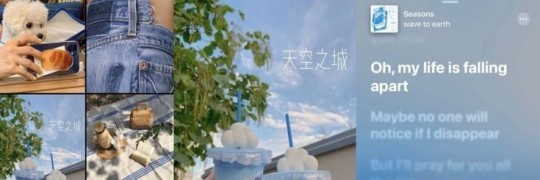
こんにちは, Japanese learners! Learning a language is an exciting adventure, isn't it? To add a spark of joy to your Japanese learning journey, here's a collection of YouTube channels tailored for kids. Organized by JLPT levels, these channels offer a blend of education and entertainment for learners at different stages. Keep in mind, though, that JLPT levels aren't an exact science like math – language learning can be subjective in terms of difficulty. However, these resources provide a fantastic starting point and a fun way to explore the world of Japanese language and culture. Let's hop into this delightful world of animated learning and playful discoveries!
Friendly reminder to adjust your way of learning in order to make the most of what you're studying to reach the goal you truly want! read my post about it (ᵔ◡ᵔ)
꒰ა ˚₊ ✧・┈・╴N 5 ╴・┈・𐑺 ‧₊˚໒꒱
— Curious George (N5 level)
— Japanese folk tales/anime series (Japanese audio/Japanese subtitles) from BomBom Academy (N5 level)
— Peppa Pig (N5-4 level)
— Anpanman (N5-4 level)
— NHK education (N5-4 level)
꒰ა ˚₊ ✧・┈・╴N4 ╴・┈・𐑺 ‧₊˚໒꒱
— Cinnamon Roll, Sanrio (N4 level)
— [Anime] Atashin'chi (N4-3 level)
꒰ა ˚₊ ✧・┈・╴N3 ╴・┈・𐑺 ‧₊˚໒꒱
— Sesame Street Japan (N3 level)
— Chibi Maruko Chan (N3-2 level)
꒰ა ˚₊ ✧・┈・╴N2 ╴・┈・𐑺 ‧₊˚໒꒱
— Precure (N2 level)
またね~@inkichan
꒰ა ˚₊ ✧・┈・╴﹕꒰ ᐢ。- ༝ -。ᐢ ꒱﹕╴・┈・𐑺 ‧₊˚໒꒱
#japanese#nihongo#studyblr#learn Japanese#learning Japanese#japanese langblr#langblog#japanese studyblr#日本語#study japanese#japanese resources#free resources#resources#japanese free resources#youtube#JLPT#JLPT N5
275 notes
·
View notes